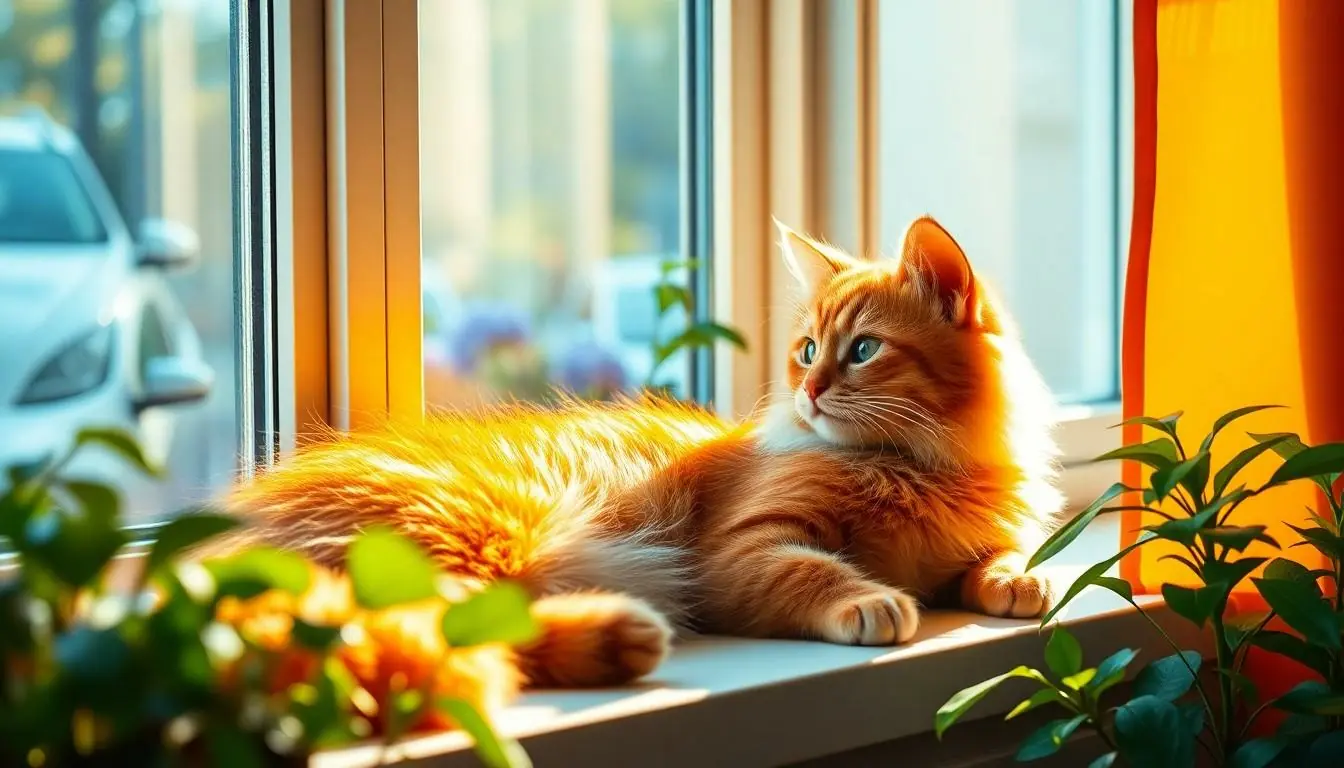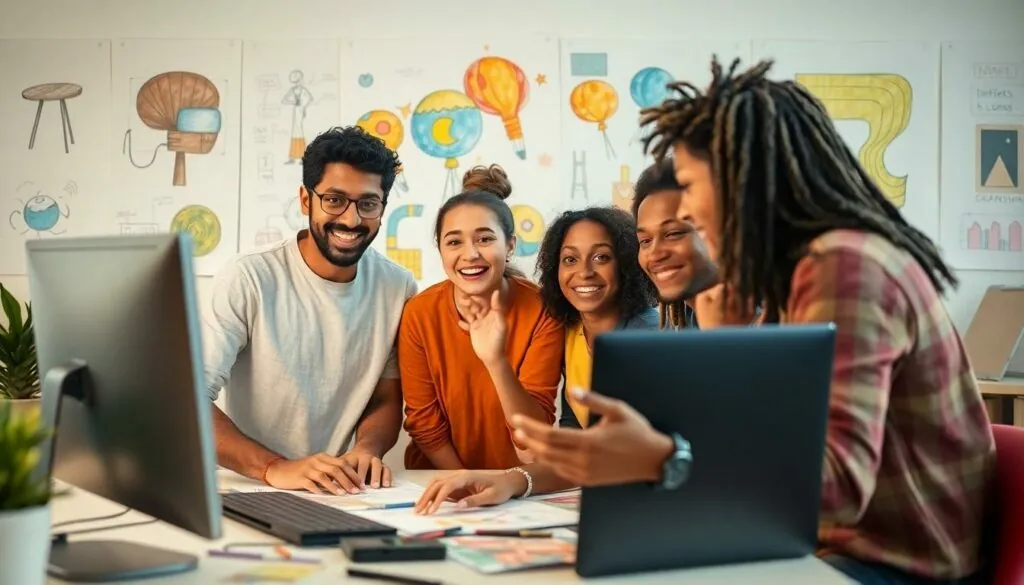In a world where words can spark creativity, wouldn’t it be great if those words could paint a picture too? Enter ChatGPT, your trusty AI sidekick, ready to transform your ideas into stunning visuals. But wait—how do you get this digital wizard to whip up images on command?
Table of Contents
ToggleUnderstanding ChatGPT’s Capabilities
ChatGPT serves as a versatile AI tool capable of transforming text-based inputs into vivid images. Users benefit from learning how to effectively communicate their ideas to generate visual content.
What Is ChatGPT?
ChatGPT functions as a conversational agent, leveraging advanced natural language processing to understand and respond to user queries. It interprets prompts, engages in dialogue, and offers information or guidance. This AI tool excels in delivering coherent, contextually relevant responses and can assist in various creative tasks, including describing visuals that users might want to generate. The integration of large datasets allows it to simulate human-like interactions, enhancing the user experience.
Limitations of ChatGPT
Despite its capabilities, ChatGPT encounters certain limitations. It cannot directly create images, as its primary function centers around text processing. Users must provide detailed prompts to clarify their visual ideas, but the actual image generation requires separate tools or platforms. Furthermore, ChatGPT may lack precision in understanding ambiguous requests, leading to unintended interpretations. Its knowledge base only extends to what it learned up until October 2023, possibly missing newer concepts or developments in visual generation technology.
Image Generation Techniques

Creative image generation through text requires effective techniques. Users can optimize their prompts and utilize various AI tools to achieve visual results.
Using Text Prompts
Crafting clear and descriptive text prompts enhances outcomes. Specificity plays a crucial role in guiding ChatGPT to deliver precise descriptions. Including details like color, mood, and context yields better understanding. For instance, instead of saying “a cat,” specifying “a fluffy orange cat lounging on a sunny windowsill” provides more clarity. Engaging language captures attention and generates vivid mental images. Encouraging iterative feedback can refine generated descriptions for desired results.
Leveraging Other AI Tools
Integrating ChatGPT with other AI tools expands creative possibilities. Various platforms specialize in image generation, often converting text inputs directly into visuals. DALL-E 2 offers striking images from natural language prompts, enhancing the creative workflow. Midjourney stands out in producing artistic and stylized visuals based on user prompts. Users can combine descriptions generated by ChatGPT with these platforms for effective results. This synergy maximizes potential, allowing for innovative and visually striking creations.
Practical Steps to Generate Images with ChatGPT
Generating images with ChatGPT involves a few essential steps. By following these guidelines, users can enhance their experience and results.
Step-by-Step Guide
- Start by accessing ChatGPT through the OpenAI platform. Ensure your account is active to utilize its features.
- Create a clear and specific text prompt. Avoid vague language; provide context and detail to improve output.
- Submit the prompt and request a descriptive image concept. ChatGPT interprets the input and generates a detailed response.
- Use the description in conjunction with an image generation tool, such as DALL-E 2. These applications convert text to visually appealing images.
Tips for Effective Prompts
- Include specific elements like color, style, and context. Precision enhances clarity and accuracy in responses.
- Use adjectives to convey emotions and atmosphere. Words like “joyful,” “serene,” or “dramatic” add depth to prompts.
- Experiment with different phrasing. Altering the structure of prompts can yield diverse outputs.
- Encourage iterative feedback. Refine prompts based on response quality to achieve the best results over time.
Use Cases for Generated Images
Generated images support creative projects and professional endeavors, portraying concepts visually. Many individuals and businesses can benefit from utilizing this technology in various ways.
Personal Projects
Art enthusiasts often harness image generation for personal projects. Hobbyists create unique designs, illustrations, or art pieces tailored to their interests. Families use generated images for custom greeting cards, invitations, or personalized gifts. Students can produce visual aids for presentations or reports, enhancing their storytelling. Content creators seek engaging visuals for blogs or social media, amplifying their online presence. The versatility of generated images caters to the diverse needs of personal creative expression.
Professional Applications
In a professional context, generated images streamline marketing efforts. Brands utilize customized visuals for advertisements, social media content, and website graphics. Designers combine AI-generated images with original artwork to create visually appealing projects. Educational institutions may incorporate generated visuals into curriculum materials, aiding comprehension. The real estate sector leverages this technology for property listings, showcasing homes attractively. Overall, companies and organizations adopt generated images to enhance brand identity and engagement.
Harnessing ChatGPT for image generation opens up a world of creative possibilities. By understanding its capabilities and limitations users can effectively craft prompts that lead to more accurate and engaging visual descriptions. Combining ChatGPT with specialized tools like DALL-E 2 or Midjourney further enhances the creative process.
With clear and descriptive inputs users can transform their ideas into stunning visuals that serve both personal and professional purposes. Embracing this synergy not only maximizes creative potential but also empowers individuals and businesses to produce compelling content that resonates with their audiences.





